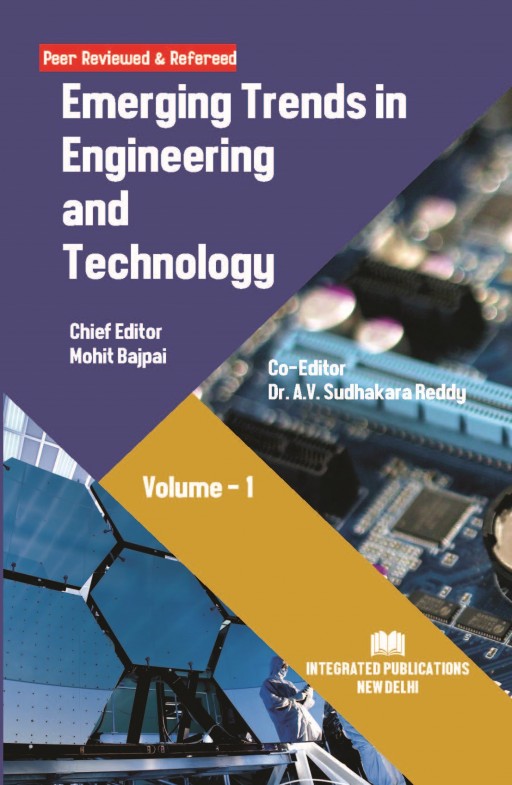An Automatic Smart Energy Meter Reading System for Consumer Appliances


Due to rapid increase in human population and the human’s dependency towards electrical energy, the demand of electricity has increased, causing deficit of electrical energy during peak hours. As per the report of CEA, India, the gap between the electrical energy supply and the energy demand in July-2014 is -3.9% (MW). Accurate metering, detection of illegal activities and implementation of proper tariff and billing system would manage the consumption of electrical energy. Collecting meter reading is one of the most difficult procedures in billing. The traditional electrical energy meter data collection is such that a person from the utility provider visits the consumer sites periodically to note the meter reading. This procedure has lot of drawbacks such as, it is time consuming, tiresome and requires more human resource and human error and even corruption is probable. The process may be interrupted due to bad weather conditions, also if the consumer is not available, the billing will be pending and human operator needs to revisit. India is facing energy deficit during peak hours. Low voltage during peak hours has been reported as a major power quality issue. Load shedding is a common power management practice followed by the utility providers. Energy conservation has great significance in this scenario of increasing electrical energy demand. An Automatic Meter Reading (AMR) system equipped with advanced features like two-way communication, Time-Of-Day (TOD) tariff, etc. will address the problems of manual collection of meter data, energy deficit during peak hours and opens a channel for the consumers to participate in energy conservation.